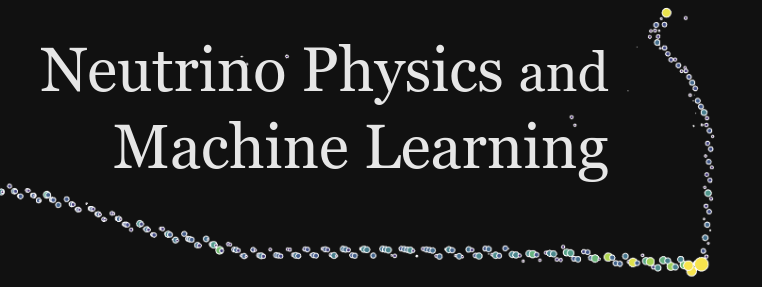Speaker
Description
Hyper-Kamiokande is the proposed next generation Water Cherenkov neutrino detector in Kamioka, Japan. Based on the design of Super-Kamiokande, Hyper-K will have an order of magnitude larger fiducial mass, enabling the survey of topics in neutrino physics on a broader scale. The intermediate Water Cherenkov detector (IWCD) near the J-PARC beam in Tokai aims at reducing systemic uncertainty in Hyper-K by spanning the range of off-axis beam angles from one to four degrees to constrain the relationship between lepton kinematics and neutrino energy. In this report, statistical and machine learning techniques are investigated to optimize the classification of neutron capture events from background radiation for IWCD-simulated data. This includes a likelihood-based approach, gradient boosting methods XGBoost and LightGBM, a multi-layer perceptron model and a graph neural network (GNN). Event differentiation is also explored through the lens of event isotropy through calculation of beta parameters.



